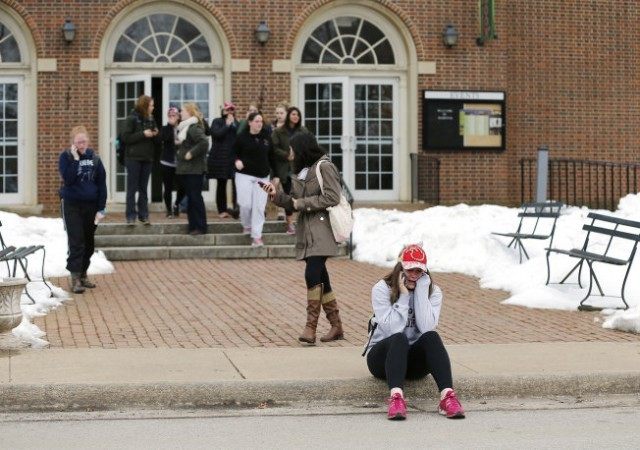Come August, Sweet Briar College will close. Located in the lush Blue Ridge Mountains in Virginia, Sweet Briar has educated only women for more than 100 years.
The school administration announced the school faced “insurmountable financial challenges” and that the school’s $84 million endowment was not nearly enough to keep the college open. The financial crisis is tied directly to the decline in enrollment, a problem faced by smaller liberal arts colleges around the country.
Billionaire investor Mark Cuban says the closing of Green Briar is a good thing and that it heralds a higher education implosion.
He points specifically to skyrocketing student debt tied directly to the increasing cost of tuition. As easy money has become available to students, colleges and universities have eagerly soaked it up by increasing tuition and spending it on improved physical plants, increasing the number of silly degrees and therefore faculty, along with more and more diversity officers and the like packing administrative buildings.
Current student debt stands at $1.3 trillion among 37 million debtors. Compare this to credit card debt at $882 billion among 175 million credit card holders. Student loans are remarkably easy to get and leave students often with a lifetime of debt and sometimes little hope of paying it back.
Tyler Durden, writing at zerohedge.com, explains that student loans, “as a result of their cumulative default and loss severity (including those loans which are ‘merely’ in deferment and forbearance) has surpassed the subprime bubble in terms of size.” Nine percent of student loans are now in default. Adding in the 12% in deferment and 11% in “forbearance,” “a third of all student loan are likely to end up un-repaid.” Durden says the problems are set to expand dramatically as the total amount of student debt is set to triple in the next ten years.
Cuban says any downtick in student enrollment can have a devastating effect on a university’s bottom line. At $40,000 yearly tuition, it does not take too big of an enrollment drop to have a crippling effect on a college’s bottom line. The math is simple. Losing 500 students puts a $20 million crimp in a college budget. A drop of 1,000 students adds up to a $40 million loss.
Cuban says it’s just a matter of time for this to happen across the board. He says the higher education bubble is similar to the housing bubble and the result will be the same. Homeowners found loans remarkably easy to get and easy to pay back, along with a nifty profit, as housing prices continued to rise. Once the market collapsed, many homeowners were left in dire circumstances.
In the same way, students are learning that paying back the student loan, which was easy to get, is far harder than they thought or were led to believe. Some students are wising up and backing away from higher-tuition schools like Sweet Briar. The result is obvious. Sweet Briar closes.
Cuban believes as this increasingly occurs, the bubble will burst.
He compares it also to the largely failing newspaper business, which didn’t adapt to a changing market. In the same way, “By the time they realize they need to change their business model it will be too late. Higher Education’s legacy infrastructure, employee costs [and] structures and debt costs will keep them from being able to recalibrate to a new generation of competitors.”
President Obama and the Democrats are naturally sympathetic to one of their main power bases in the academy and among students so they are working on a way to keep the money-train running, both to ensure students will still get easy money to fill university coffers but also to ensure that a huge percentage of them never have to pay it back. The administration is proposing a “streamlined” way for students to default.
Who will be left holding that bag? The taxpayer.

COMMENTS
Please let us know if you're having issues with commenting.